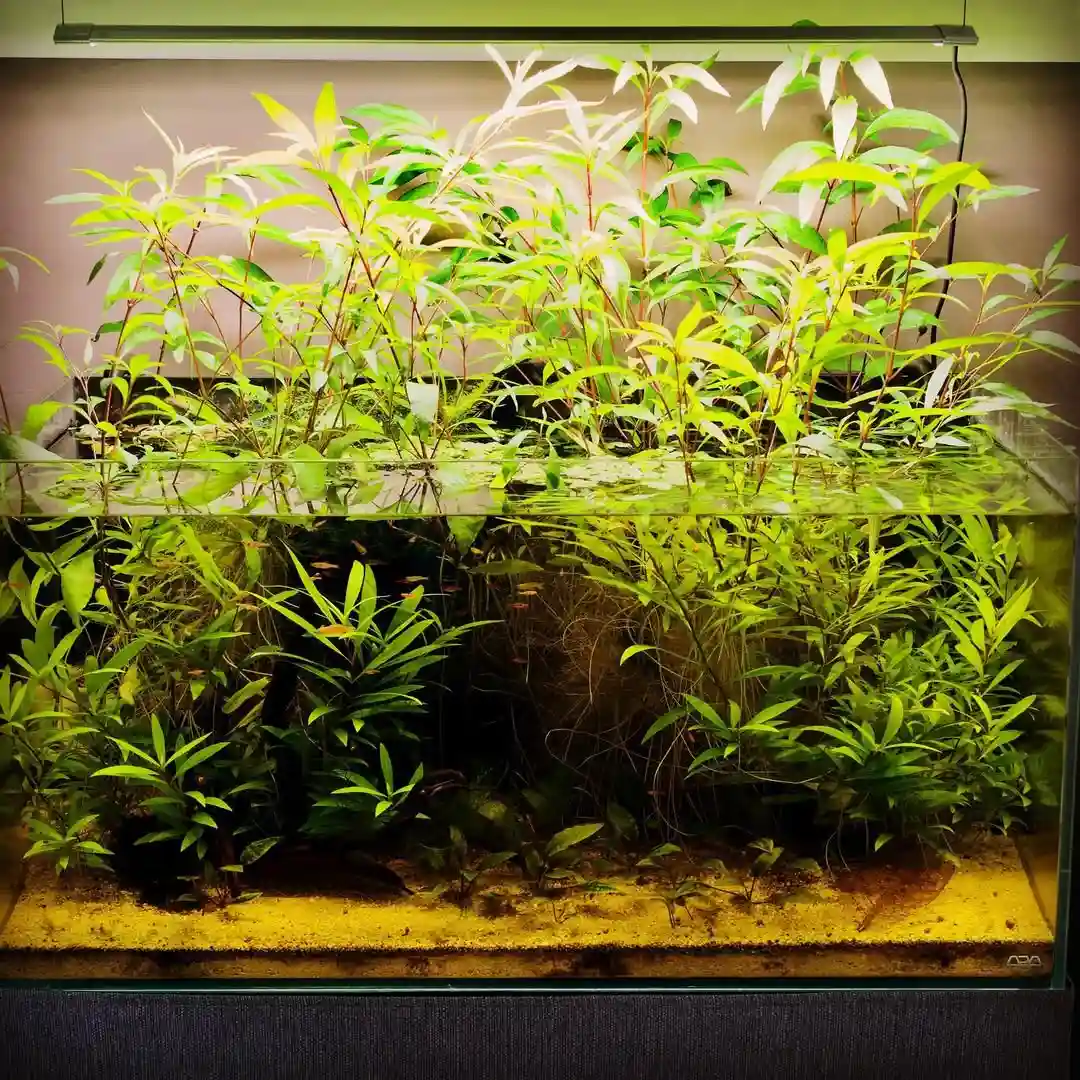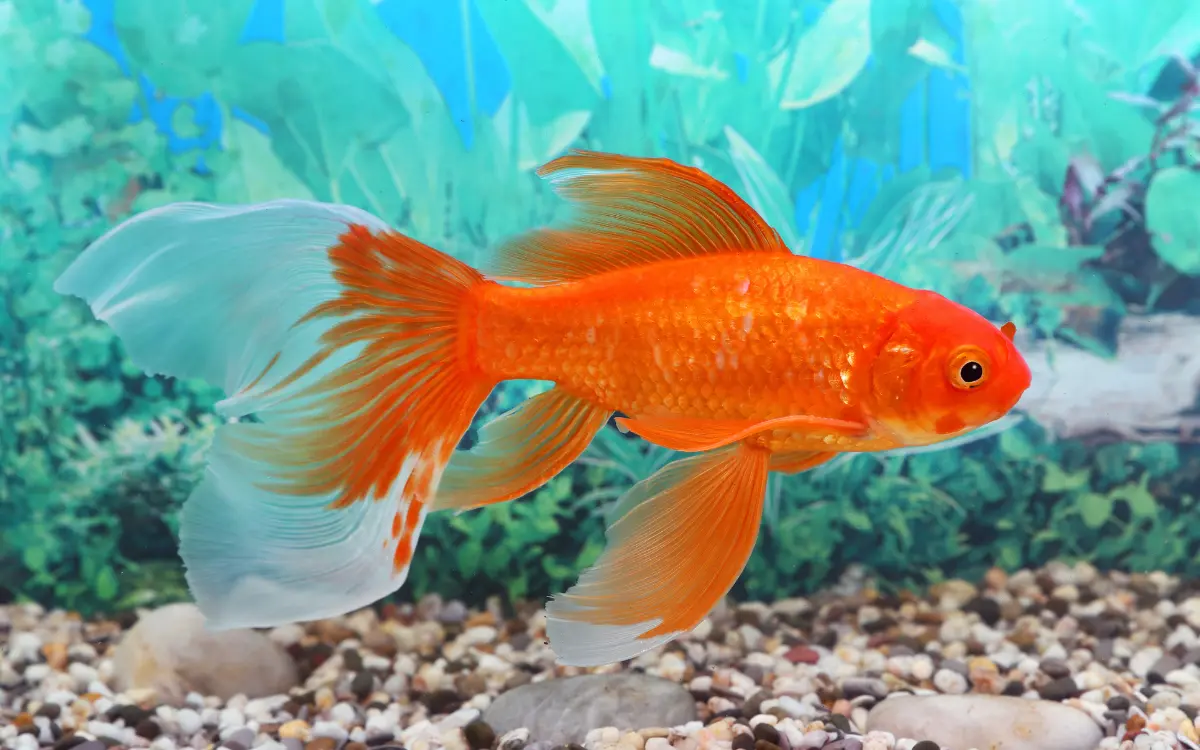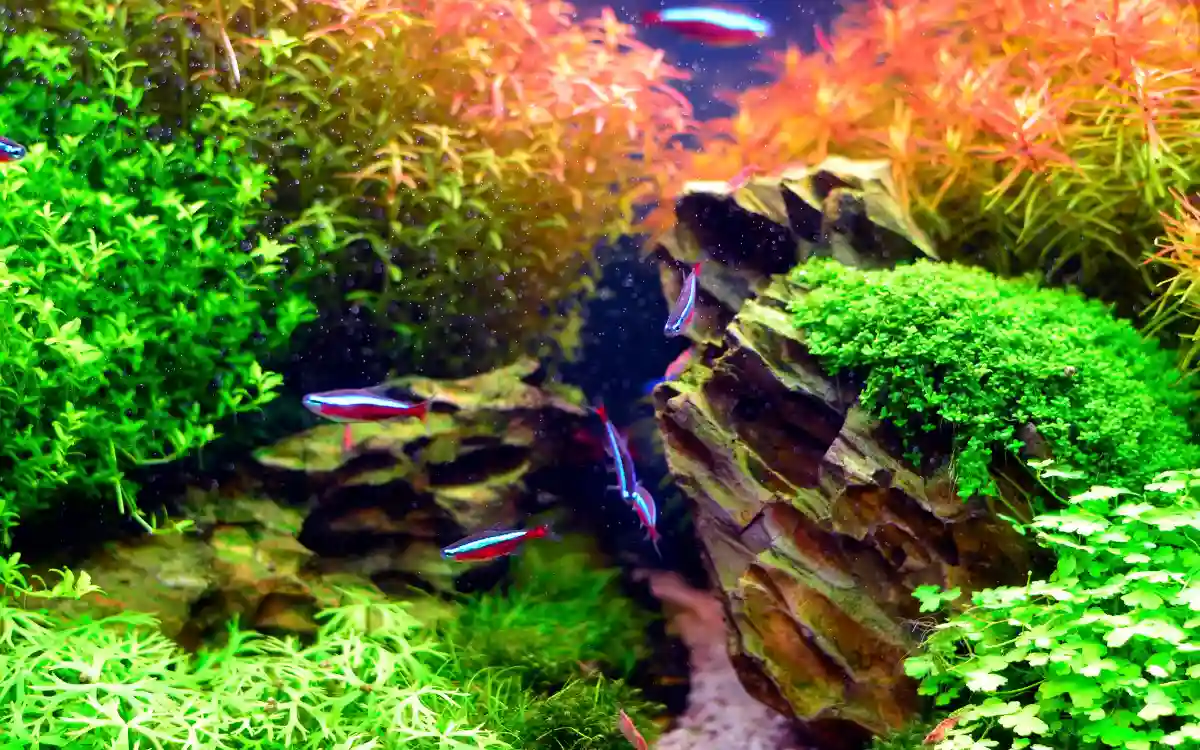Why Are My Aquarium Plants Dying?
Aquarium plants can be tricky. One day they look fine, and the next they’re melting, turning yellow, or losing leaves. If you’ve been asking, “Why are my aquarium plants dying?” you’re not alone. This guide breaks down the most common reasons your aquatic plants struggle and how to fix each issue with practical, easy-to-follow advice. Whether you’re dealing with algae-covered leaves or dying stems, we’ll help you get your underwater garden back on track.
Signs Your Aquarium Plants Are in Trouble
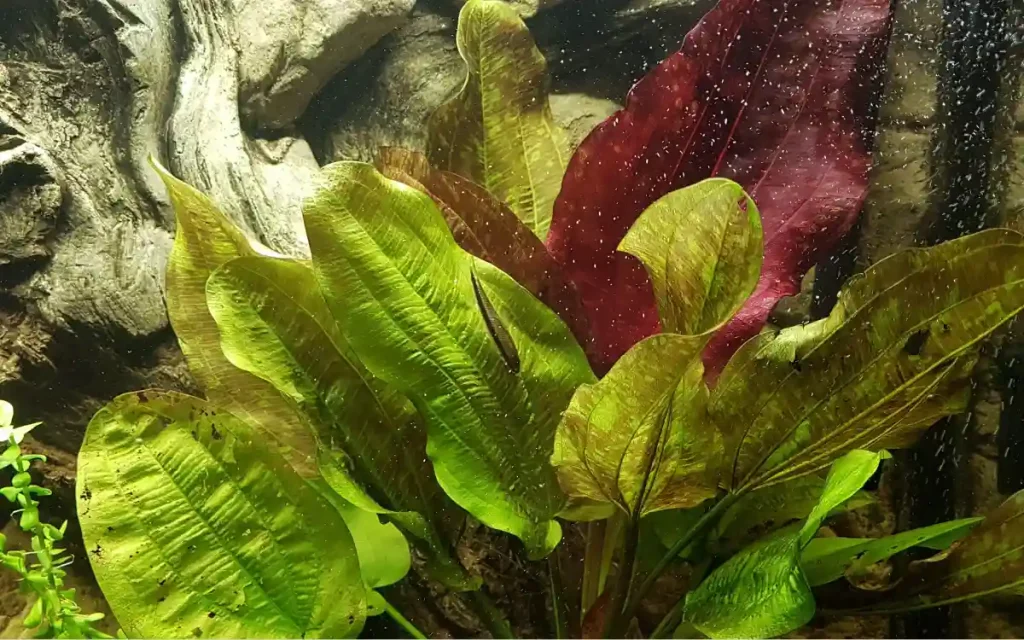
Before fixing the problem, let’s look at the warning signs your plants might be giving:
- Yellowing leaves – Especially older or newer growth
- Melting or disintegrating leaves – Leaves become soft or transparent
- Brown patches or blackening – Could be decay or algae
- Holes or tears in leaves – Often a nutrient issue or snail damage
- Falling leaves – Usually stress or shock
- Algae buildup – Smothers leaves, blocking light
- Rotting at the base – Signals substrate or root issues
Spotting these symptoms early can help you fix the issue before your plants fully deteriorate.
7 Common Reasons Aquarium Plants Die (And What to Do About It)
1. Nutrient Deficiencies
Plants need nutrients like nitrogen, potassium, and iron. Without them, growth stops and leaves yellow or die.
- Nitrogen: Older leaves turn yellow first
- Iron: New leaves are pale or yellow
- Potassium: Pinholes or dead spots in leaves
Fix: Use an all-in-one liquid fertilizer. Add root tabs for rooted plants like Amazon swords.
2. Weak or Incorrect Lighting
Even low-maintenance plants need 6–10 hours of full-spectrum light daily. Too little light causes melting or yellowing. Too much light can trigger algae.
Fix: Use a full-spectrum LED designed for planted tanks. Avoid placing your tank near windows.
3. CO₂ Deficiency
Fast-growing plants need carbon dioxide. In low-tech tanks, they may melt or stall.
Fix: Add a liquid carbon source (like Seachem Excel) or install a CO₂ kit. Reduce surface agitation to keep CO₂ in the water.
4. Poor Substrate or Root Issues
Thin gravel or bare bottoms starve heavy root feeders.
Fix: Use enriched substrate or insert root tabs. Bury roots gently without crowding them.
5. Water Parameter Problems (Temperature or pH)
Unstable water can cause stress and melting.
Fix: Keep water between 72–82°F. Maintain pH between 6.5 and 7.5 for most species.
6. Poor Water Circulation
Without good flow, nutrients and CO₂ don’t reach all areas.
Fix: Adjust filter flow or add a small circulation pump. Clean your tank to prevent debris buildup.
7. Algae Overgrowth
Algae competes with plants for nutrients and covers leaves.
Fix: Control lighting and nutrients. Add algae eaters like Amano shrimp or nerite snails.
What Your Plants Are Trying to Tell You (By Symptom)
Yellow Leaves?
- Older leaves yellow: Nitrogen deficiency
- New leaves pale: Iron deficiency
- Fix: Dose appropriate nutrients; start with an all-in-one fertilizer
Brown or Melting Leaves?
- Caused by poor lighting or plant shock from a new tank
- Emersed-grown plants may lose old leaves as they adapt
Fix: Trim away damaged leaves and wait for new submerged growth
Holes in the Leaves?
- Potassium deficiency or physical damage from snails
Fix: Add potassium supplements and check for pests
Rotting from the Bottom?
- Low light, poor substrate, or root decay
Fix: Trim and replant healthy tops, insert root tabs
Can Dying Aquarium Plants Harm Fish?
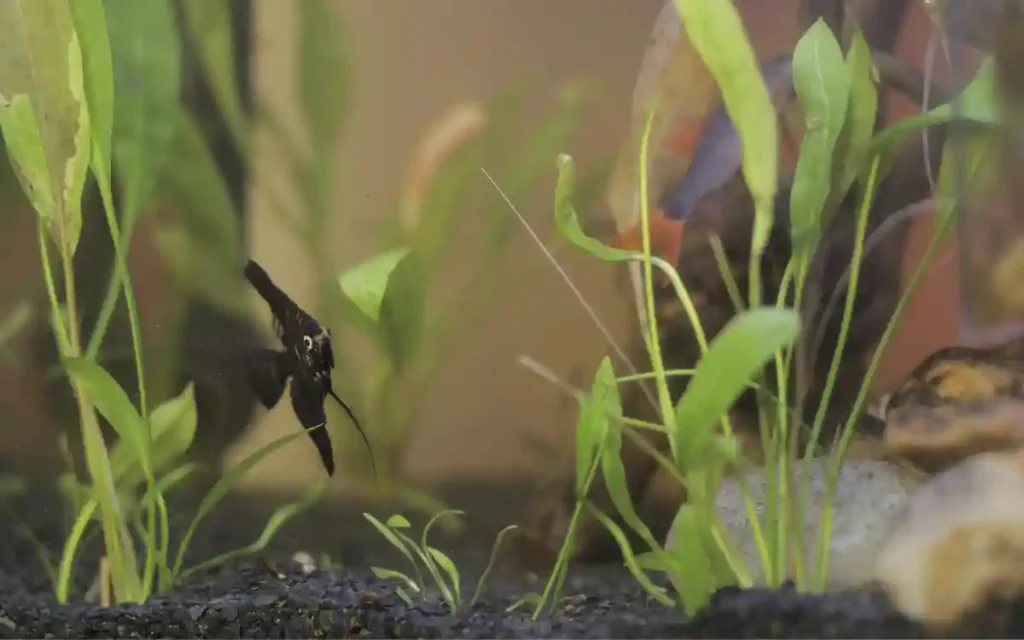
Yes. Rotting plants release ammonia, which can stress or kill fish—especially in small tanks.
- Floating debris lowers oxygen and promotes algae
- Harmful ammonia spikes can occur if too much plant matter decays
Fix: Remove dead leaves regularly. Test water during die-offs. Add fast-growing plants like hornwort to stabilize the tank.
Quick Troubleshooting Chart
| Symptom | Likely Cause | Fix |
| Yellow older leaves | Nitrogen deficiency | Add nitrogen-rich ferts |
| Pale new leaves | Iron deficiency | Dose iron or all-in-one fert |
| Holes in leaves | Potassium issue | Add potassium |
| Plant melting | Transition shock | Keep roots stable, wait |
| Stems rotting at base | Substrate issue | Replant tops, add root tabs |
| Brown algae | Diatoms or poor light | Clean leaves, adjust lighting |
How to Prevent Dying Aquarium Plants in the Future
- Choose easy beginner plants (like Anubias, Java Fern, or Amazon Sword)
- Stick to a light schedule: 8 hours/day on a timer
- Use fertilizer weekly or as recommended
- Test water regularly for pH, nitrates, and iron
- Trim often and vacuum debris from the substrate
Explore more plants:-
10 Aquarium carpet plants for beginners
12 Fast Growing Aquatic Plants
10 Best Foreground Aquarium Plants for Carpets & Aquascapes
10 Best Low Light Aquarium Plants for Beginners: Easy Care Guide
FAQs
Why are my aquarium plants turning translucent?
They’re melting due to sudden change in water or light. Trim old leaves and keep conditions stable.
How do I know if I have enough light?
If growth is slow, leaves are pale, or algae takes over, your lighting might be off. Use a full-spectrum LED for 8–10 hours.
Can low CO₂ make my plants melt?
Yes. Especially in fast-growing species. Liquid carbon or CO₂ kits can help.
What causes my stems to rot?
Shaded stems, nutrient-poor substrate, or dirty gravel. Replant tops and improve substrate.
Is it normal for new plants to lose leaves?
Yes. Emersed plants often melt before regrowing new submerged leaves.
Why are my leaves curling?
Possibly calcium or magnesium deficiency. Check GH or add a mineral supplement.
Can too much fertilizer harm plants?
Yes. It can trigger algae or burn roots. Start with half doses.
Do fish eat dying plants?
Some like goldfish or plecos might. Most community fish ignore them.
What are the best floating plants for beginners?
Duckweed, frogbit, water lettuce. Great for soaking up excess nutrients.
Why are all my plants dying at once?
Could be untreated tap water, sudden pH crash, or a chemical imbalance. Test immediately and do a large water change.
Final Thoughts:
Seeing your plants fade or melt is frustrating, but it’s rarely permanent. Most aquarium plants can recover with a few simple changes. Start with good lighting, fertilize regularly, and test your water. With a little patience, your tank will be green and thriving again.

